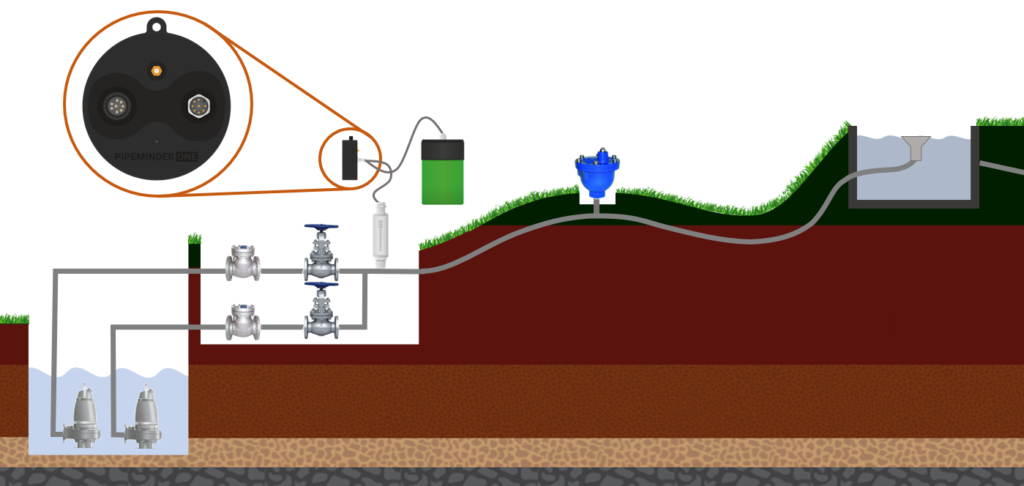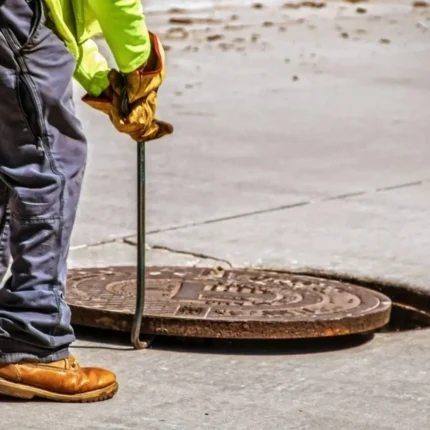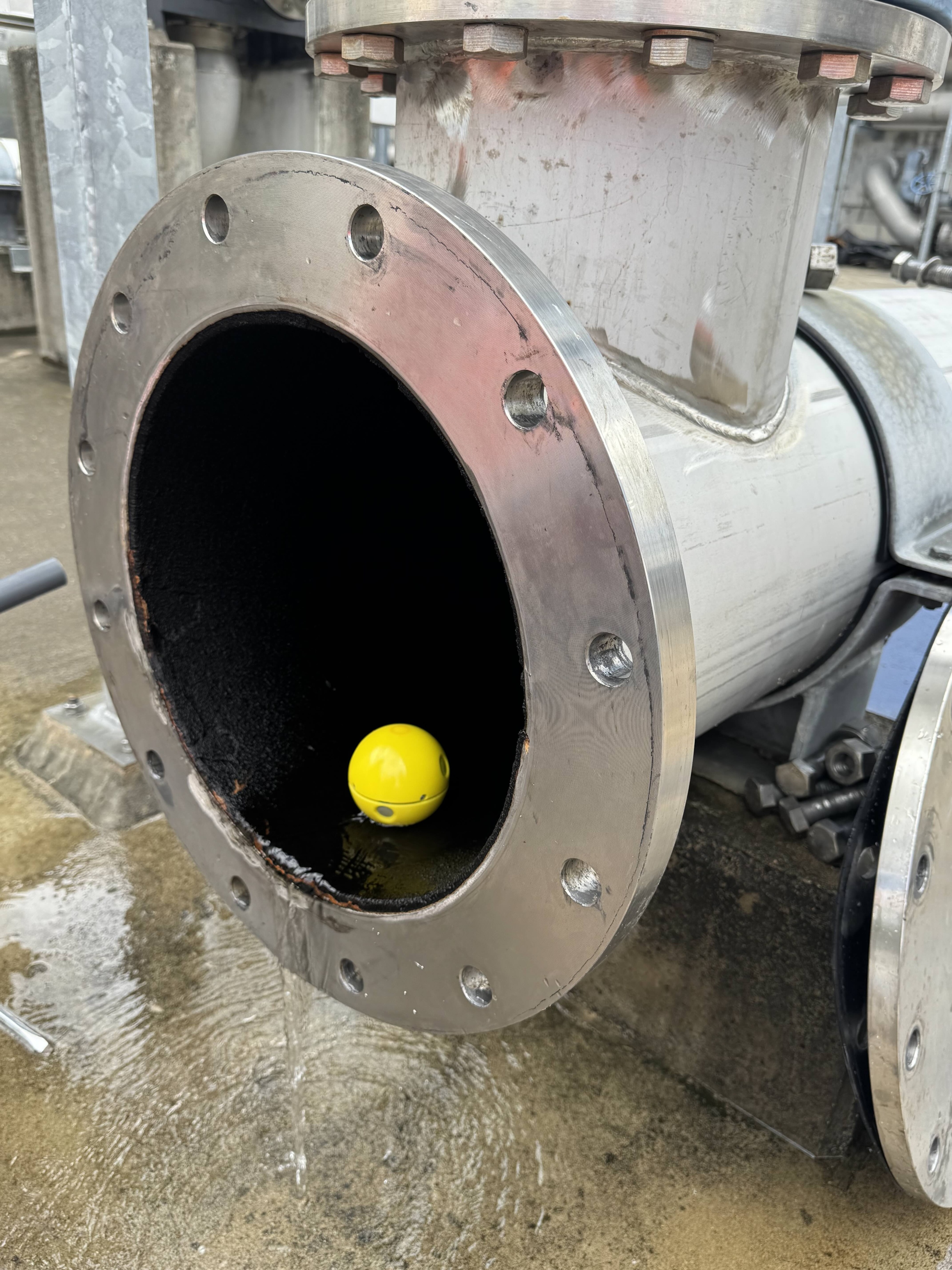Sewer rising mains, or force mains as they are known in some countries, are critical to wastewater management in Australia and New Zealand. These pressurised pipelines pump sewage from lower to higher elevations, often over considerable distances and under complex environmental conditions. However, given the constant operational demands on these pipelines, sewer rising mains are vulnerable to various forms of deterioration and failure. A strategic assessment approach is essential to mitigate risks, maintain functionality, and uphold public health and environmental standards.
This article delves into the mechanisms behind sewer rising main deterioration, the importance of targeted assessments, and the range of modern solutions available to extend the service life of these critical assets.
Understanding Deterioration in Sewer Rising Mains

Sewer rising mains are subjected to rigorous physical and chemical challenges. These challenges, if not adequately managed, can significantly accelerate the pipeline’s degradation. Key failure mechanisms include:
Fatigue and Mechanical Stress
Rising mains operate under constant pressure due to their role in pushing wastewater against gravity. Pump regimes, specifically cyclic loading and pressure transients, place recurring stresses on the pipeline material. Over time, this leads to fatigue, weakening the pipeline structure and increasing its susceptibility to cracks and bursts.Hydrogen Sulphide (H₂S) Corrosion
One of the most insidious threats to sewer rising mains is hydrogen sulphide (H₂S) gas, which is prevalent in sewer environments. H₂S can accumulate in gas pockets along the pipeline. When mixed with moisture, it forms sulfuric acid, which corrodes the pipeline walls. This is particularly problematic in areas with inadequate venting or where air valves are absent (or closed to avoid public odour complaints).Transient Pressure Surges
Pressure transients, or “water hammer” events, are common in sewer rising mains due to sudden pump starts and stops. These surges produce high-pressure shockwaves that stress the pipeline, exacerbating fatigue and leading to crack formation or even catastrophic failure.
Given these unique challenges, the implementation of smart monitoring and regular assessments of sewer rising mains are paramount to ensure system integrity and avoid costly, large-scale repairs or environmental hazards.
Importance of Sewer Rising Main Condition Assessment
Public Health and Safety
Rising main failures can lead to uncontained sewage leaks, contaminating waterways and posing a public health risk. Identifying weak points in the system prevents such incidents, protecting the community from exposure to untreated sewage.
Environmental Protection
Sewer rising mains are often situated near ecologically sensitive areas. A failure can lead to sewage spills, severely impacting local ecosystems and water quality. By maintaining the integrity of these mains, utilities can avoid such environmental repercussions and additional financial penalties from the regional Environmental Protection Agency (EPA).
Prudent Asset Management
As core infrastructure serving vast numbers of the population, sewer rising mains require a strategic approach to maintenance. Ongoing monitoring and routine condition assessments allow utilities to forecast replacement needs, prioritise maintenance, and optimise resources. This approach is crucial for extending the asset’s lifecycle and controlling long-term operational costs, all while managing failure risk.
Techniques for Effective Sewer Rising Main Assessment
Several modern technologies and methodologies can be employed to detect and address issues before they escalate. Key approaches include:
Transient Monitoring
Given the damage that pressure transients can cause, monitoring for these events is essential. Installing transient pressure monitoring devices provides valuable data on the frequency, duration, and magnitude of pressure spikes. This data allows engineers to adjust pump schedules and implement additional surge protection measures where needed.Gas Pocket Detection
Hydrogen sulphide-related corrosion is one of the primary causes of sewer rising main deterioration. Detecting and locating H₂S gas pockets along the pipeline is critical for targeted maintenance. Once detected, these pockets often indicate locations where air valves are needed, helping to mitigate future gas accumulation and the resulting corrosive environment.In-line Screening Tools
Tools like AquaSphere provide a reliable in-line screening solution for sewer rising mains. This free-swimming device navigates the pipeline and identifies existing leaks, potential weak points and gas pockets. By pinpointing areas of concern, AquaSphere enables utilities to target on-pipe testing locations more effectively, reducing the need for invasive testing across the entire pipeline. This focused approach is particularly useful for directing ultrasonic or similar wall thickness measurement technologies to areas at high risk of failure.Ultrasonic Wall Thickness Testing
For a more detailed analysis, ultrasonic testing can assess pipe wall thickness and detect internal and external corrosion signs. By focusing ultrasonic testing on areas identified through in-line screening, utilities can limit the invasive procedures and associated costs, such as traffic control, to sections at higher risk, maximising the value of screening and detailed assessments.

Advantages of a Targeted Assessment Strategy
Sewer rising main assessments are most effective when the approach is precise and targeted. By leveraging a combination of in-line screening, transient monitoring, and gas pocket detection, utilities can:
Reduce the Risk of Unplanned Failures
Proactive identification and mitigation of potential failure points help prevent unexpected service interruptions, ensuring that utility operations remain smooth and uninterrupted.Extend the Asset’s Lifespan
Regular assessments and targeted maintenance enable utilities to extend the useful life of sewer rising mains. A targeted approach minimises wear and tear on newer segments, focusing resources where they are most needed.Optimise Maintenance Budgets
Rising main assessment strategies enable more efficient use of maintenance budgets. Utilities can allocate resources more effectively by pinpointing areas of concern and avoid the high costs associated with emergency repairs and unplanned downtime.
Conclusion
For water utilities in Australia and New Zealand, sewer rising main condition assessments are essential for safeguarding public health, protecting the environment, and maintaining operational efficiency. By addressing deterioration factors like hydrogen sulphide corrosion, pressure surges, and mechanical fatigue through targeted assessments, utilities can ensure the longevity and reliability of these critical assets.
In-line screening tools like AquaSphere and pressure transient monitoring and ultrasonic testing offer an optimised approach to sewer rising main assessment. Such a strategy not only prolongs the asset’s life but also enhances the cost-effectiveness of maintenance operations, allowing for sustainable infrastructure management.
Whether for metropolitan utilities or regional authorities, adopting a proactive assessment methodology for sewer rising mains can transform reactive maintenance into strategic asset management, ensuring these essential pipelines continue to serve communities for decades to come.
For more information, or to submit a project scope for review, please contact us today.

